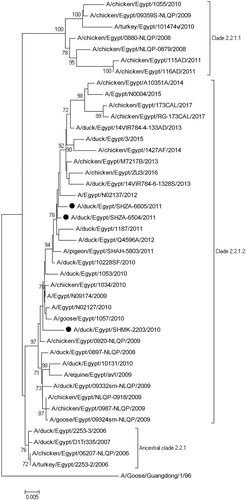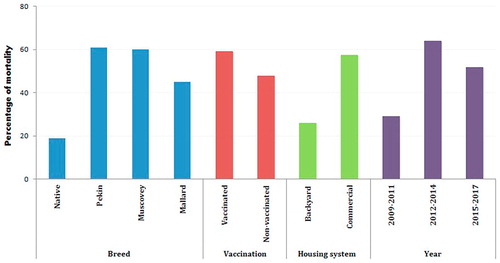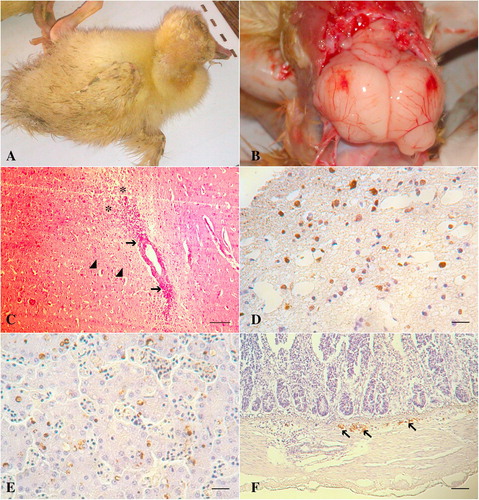Figures & data
able 1 Number of ducks in the backyard and commercial sector during outbreaks in Sharkia, Egypt during 2009–2017.



Register now or learn more
Open access
Peer review under responsibility of Faculty of Veterinary Medicine, Cairo University.



People also read lists articles that other readers of this article have read.
Recommended articles lists articles that we recommend and is powered by our AI driven recommendation engine.
Cited by lists all citing articles based on Crossref citations.
Articles with the Crossref icon will open in a new tab.